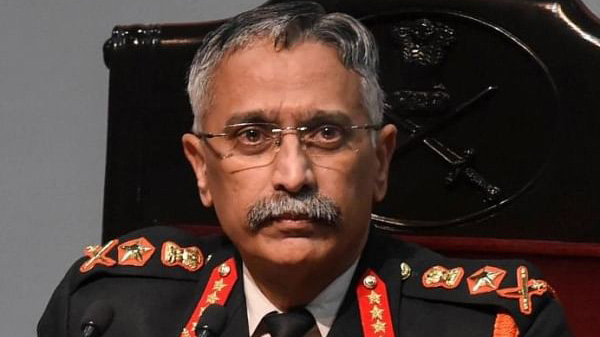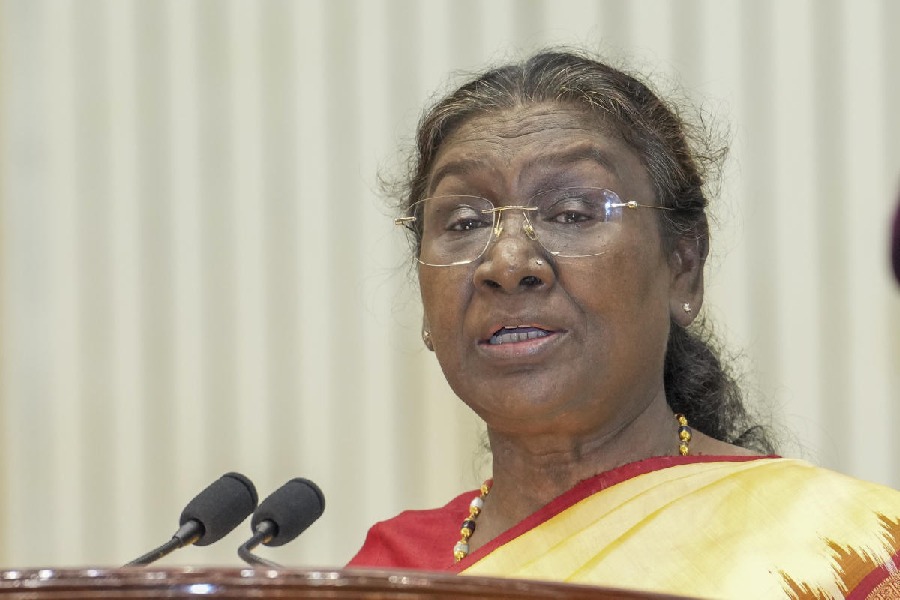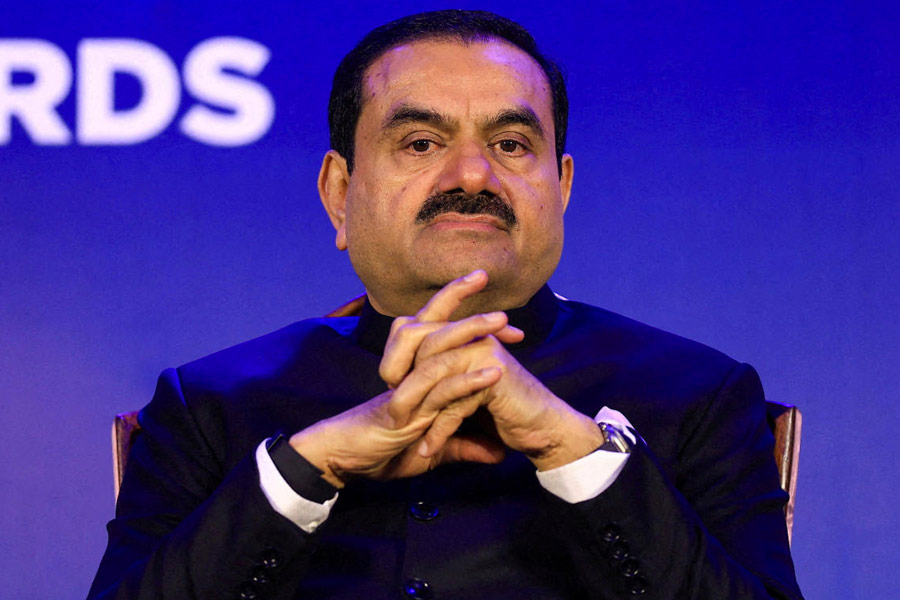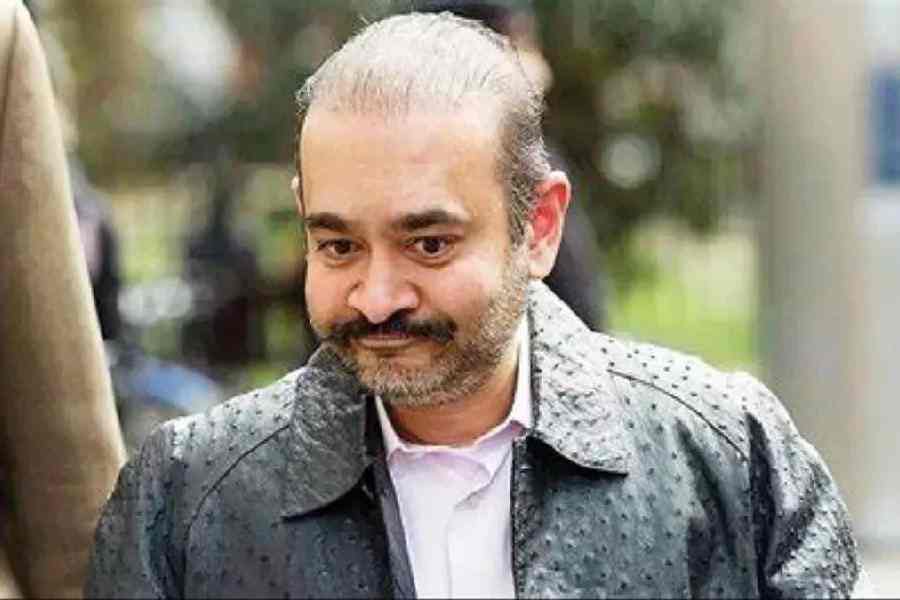Army chief Gen. M.M. Naravane on Wednesday said the threat levels at the northern borders (China frontier) “has not reduced” and the army would continue to deal with the Chinese People’s Liberation Army in a “firm, resolute and peaceful manner”.
On the possibility of hostility in eastern Ladakh, he said: “The situation is stable and under control. Talks are underway and there is always hope that through dialogue we will be able to resolve our differences. What happens and whether the situation escalates or not is very difficult to predict but with whatever we have done so far we are in a position to meet whatever is thrown at us in the future.”
He added: “War or conflict is always an instrument of last resort. But if resorted to, we will come out victorious.”
Addressing a news conference ahead of Army Day, Gen. Naravane said necessary safeguards were in place to deal with any contingency and the army had the highest level of operational preparedness even as a dialogue was on with China to resolve the border standoff in eastern Ladakh.
“There is no question that the status quo, as it exists today, can be altered with force,” he said.
India and China have been locked in border disputes at multiple friction points in eastern Ladakh since May 2020. The
Chinese army is said to have altered the unmarked Line of Actual Control (LAC) at these friction points and is estimated to have taken over close to 1,000sqkm of India-claimed territory.
Sources in India’s security establishment have said the Chinese side has so far demonstrated a lack of commitment to restore the status quo of April 2020 in eastern Ladakh.
Responding to a question on India’s response to the stand at the LAC, Gen. Naravane said the army reply was “robust to the PLA’s attempt to unilaterally change the status quo” at the undemarcated border.
Gen. Naravane said: “Our capabilities have increased manifold at the northern borders. We are in a much better position than what we were one and a half years ago and are now much better prepared to deal with any situation.”
Speaking on the possibility of the army being permanently deployed at the LAC, the army chief said Chinese forces were there in large numbers and they had built a lot of structures. He mentioned a three-step process that involved disengagement of troops from friction areas, de-escalation of tensions followed by de-induction of troops, weapons and equipment.
“We have to remain there (LAC) till these steps are completed,” Gen. Naravane said.
Along the northern borders, Gen. Naravane said, the army had continued to maintain the highest levels of operational preparedness, while engaging in sustained dialogue with the PLA. After persistent joint efforts, mutual disengagement has taken place at many locations.
“The 14th round of the corps commander-level talks is now underway and I am hopeful that you shall see further developments in the days ahead. But while there has been partial disengagement, the threat has by no means reduced. Force levels, in areas where disengagement is yet to take place, have been adequately enhanced,” he said.
He said India was hopeful of resolving issues at Patrolling Point 15 (Hot Springs) in eastern Ladakh during the 14th round of military talks, which started on Wednesday at 9.30am between the two sides.
During the last talks in October, the PLA had refused to disengage from the friction points — Hot Springs and the strategically crucial Depsang Plains where the Chinese army is said to be entrenched 18km inside India-claimed lines.
The Chinese have retreated partially in the Galwan Valley, Gogra and the Pangong Lake after the creation of buffer zones while remaining well within India-claimed lines.
Gen. Naravane said threat assessment and internal deliberations had resulted in reorganisation and re-alignment of forces on the northern borders in keeping with the army’s mandate of ensuring territorial integrity and to respond to the major augmentation of PLA forces and military infrastructure.
“We will continue to deal with the PLA in a firm, resolute and peaceful manner while ensuring the sanctity of our claims,” he said.
He emphasised that the Indian Army was also carrying out upgrade and development of infrastructure along the northern borders, including roads and tunnels, for all-weather connectivity, strategic railway lines, additional bridges across the Brahmaputra, improvement of bridges on critical India-China border roads and storage for supplies, fuel and ammunition.
“We have undertaken reorganisation and rebalancing of forces along the northern borders. Reorientation of additional forces has been carried out while retaining our punitive strike capability along the western front (LoC),” Ge. Naravane said.











